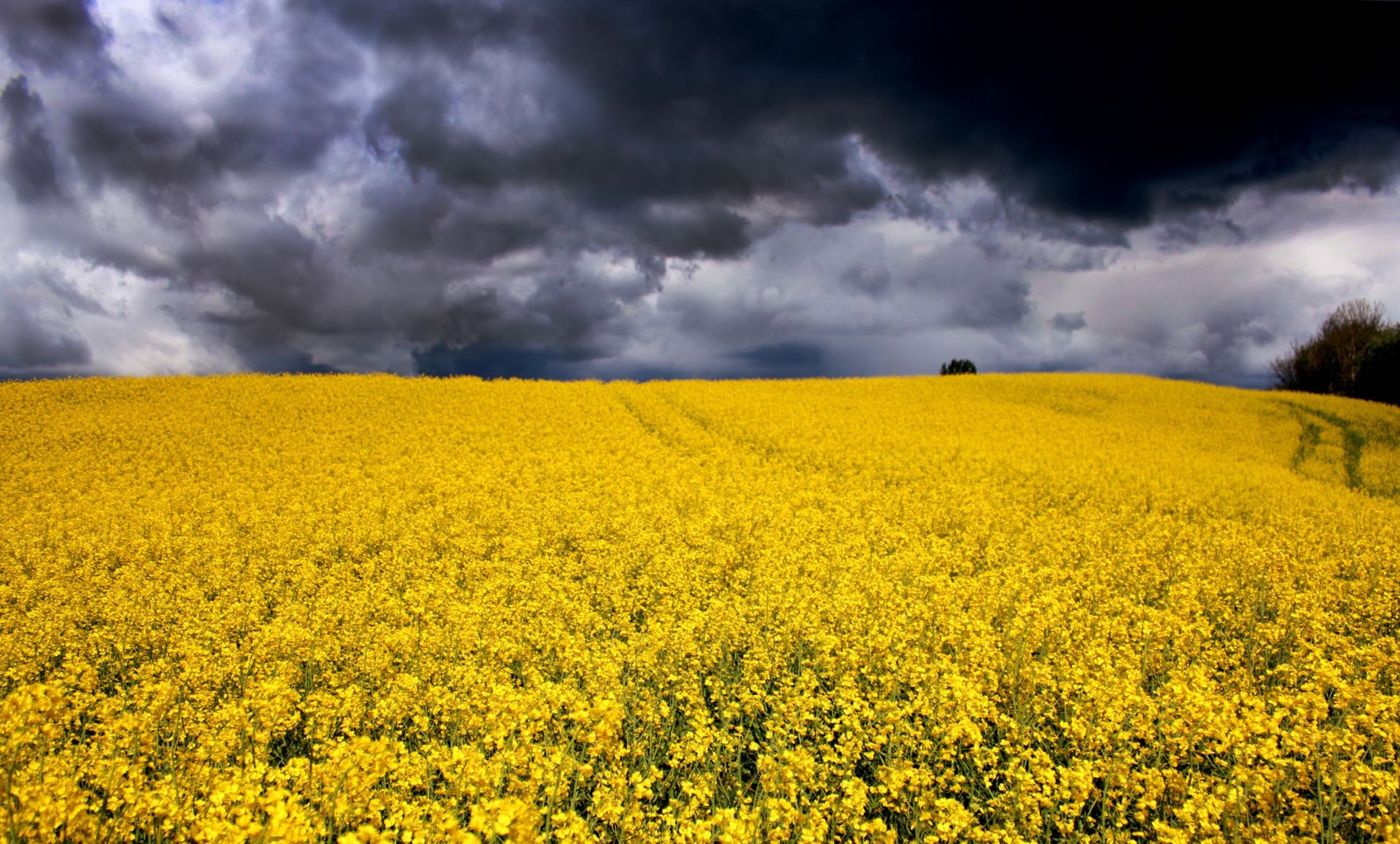1MG FlippingBooks
The insurance helping farmers secure a sustainable future
An Australian start-up is providing new tools to farmers to mitigate poor weather and make better management decisions.

Farmers have always been at the mercy of the weather, it is something they have absolutely no control over. Until recently, very few have had access to financial tools to protect against those risks outside traditional crop insurance, which typically only covers fire and hail.
Now if it is too hot, too cold, too wet, or too dry, any farmer—large or small—can access weather insurance to protect against those risks. Any agribusiness, including cropping, livestock, horticulture, or viticulture, can buy cover.
Hillridge, an Australian technology company, has partnered with Nutrien Ag Solutions, Mitsui Sumitomo Insurance and Victor Insurance Australia, a subsidiary of Marsh, to launch a weather insurance platform powered by Hillridge’s technology.
The platform is the first in Australia to offer farmers a real-time quote for weather insurance or risk transfer protection through an online system.
“Farming goes back many generations on both sides of my family, and I realised that most farmers just didn’t have access to the derivatives that large agribusinesses use to manage their weather risks,” Hillridge co-founder and CEO Dale Schilling says.
“Every farming business is different, so it was important to me that farmers and their agronomists or advisors can easily use our system to come up with a bespoke solution that is right for them.”
Being able to offset downside risks helps provide farmers with the confidence to explore options like buying more livestock, forward selling, accessing premium markets, planting higher-revenue crops, or investing in inputs to maximise yields.
For example, growers can use this tool to protect their investment in fertiliser where the weather may render the fertiliser unavailable to the crop, or unable to reach its full yield potential. Viticulturalists and horticulturalists may worry about heavy input costs if it rains too much, but now they can protect against that risk to smooth their finances from year to year. Wet harvest risks might hold growers back from forward selling, but they can now hedge against the risk of a product downgrade.
The premium is based on the likelihood of poor weather, based on the location and how much cover the farmer wants. The decision to pay comes from a trusted weather data source. Payments are automatically triggered when certain weather conditions have been met and the farmer confirms the loss.
Shortly after its launch in 2021, Hillridge won the prestigious Extreme Tech Challenge, a global competition for start-ups addressing the UN Sustainable Development Goals, from a pool of 3700 applicants.
Last year, it raised $2.3 million in seed funding, which has enabled it to expand into Vietnam and Indonesia. New Zealand, Cambodia and Thailand are also being explored.
Looking to the future, Hillridge is also developing a yield-based product.
“At the moment, cover is based on a single metric within a season, whether it's temperature or rainfall,” Dale says. “What we're working on now is broadening that to incorporate many variables, including solar radiation, across a whole season. That would give farmers more comprehensive cover against low yields due to the weather.”
The business is also involved in a GRDC-funded research project led by the CSIRO to look at the impact of frost and heat stress on five major crops, with a view to incorporating both frost and heat stress risks into the insurance product.

Key benefits
How weather insurance works
Weather insurance benefits cropping, livestock, horticulture and viticulture growers and protects against extreme drought, heat, excess rain, or low temperatures. Any agribusiness can buy cover and the process is easy:
- Get an estimate – You decide the cover period, threshold, and payout. You can view the historic weather data at your farm, and easily compare different policy options side by side. Choose the option that best fits your risk management strategy and budget.
- Pay the premium – The price is based on the historical weather data and outlook. Once you pay your premium, you are covered.
- Monitor the weather – There is no need for you to initiate a claim. Our technology continually scans for the time-based weather triggers in the policy for you.
- Receive payment – Claims are simple and fast. You will be notified every step of the way. If you are entitled to a payout, payments are typically made within 45 days of the end of the policy.
Disclaimer: Hillridge is a technology company that provides the software for online pricing of weather insurance, and monitoring the weather. It is not the insurer, nor an Authorised Representative of the Insurer. This article does not constitute financial advice, a solicitation, offer, or recommendation to make decisions, buy any products or services, or effect any transactions.
Email address
Website
Video: https://vimeo.com/749814514
















